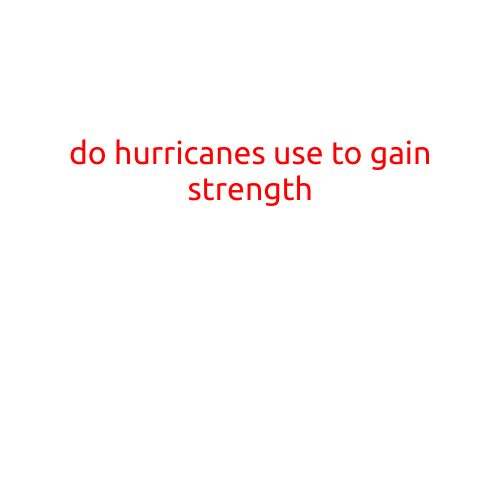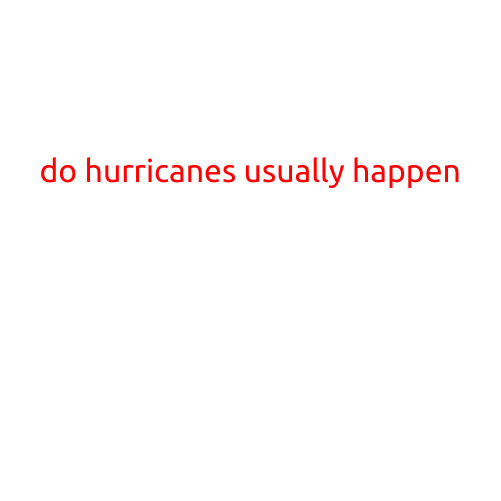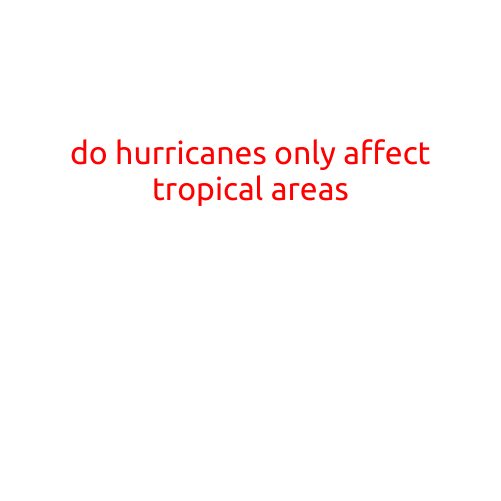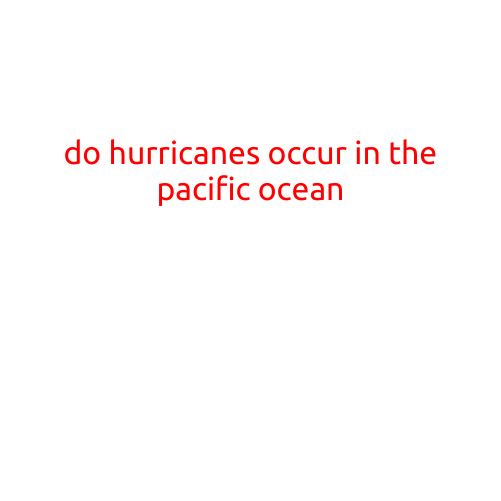
Do Hurricanes Usually Form?
Hurricanes are powerful and destructive forces of nature that can bring devastating consequences to coastal communities. Forming over warm ocean waters, hurricanes wreak havoc on the land with high winds, heavy rainfall, and storm surges. But do hurricanes usually form? Let’s delve into the facts and figures to understand the likelihood of hurricanes forming.
Hurricane Formation Process
Hurricanes form when a combination of atmospheric and oceanic conditions come together to create a perfect storm. The process begins when warm ocean waters, typically above 80°F (27°C), heat the air above them. As the air rises, it cools and condenses, forming clouds and releasing heat, which in turn fuels the system. This cycle of air rising and descending creates a low-pressure system, which is the foundation of a hurricane.
Where Do Hurricanes Form?
Hurricanes are most likely to form in the following regions:
- Tropical Atlantic: The Atlantic Ocean, Caribbean Sea, and Gulf of Mexico are prime breeding grounds for hurricanes. This region is home to over 75% of all hurricanes that form worldwide.
- Eastern Pacific: The eastern Pacific Ocean, off the coasts of Mexico and Central America, is another area where hurricanes frequently form.
- Western Pacific: The western Pacific Ocean, near the Philippines and Japan, is also a hotspot for hurricane formation.
When Do Hurricanes Form?
Hurricanes typically form between May and November, with the peak months being August to October. This is because the ocean waters are at their warmest during these months, providing the necessary energy for hurricane formation.
Frequency and Probability
According to data from the National Hurricane Center (NHC), there is an average of:
- 12 named storms in the Atlantic Basin each year.
- 10 storms that reach tropical storm strength in the Eastern Pacific.
- 5 severe tropical cyclones in the Western Pacific.
While these numbers are averages, they give an indication of the likelihood of hurricane formation. The Atlantic Basin, in particular, experiences an average of 12 hurricanes annually, with the majority occurring between June and November.
Conclusion
In conclusion, while hurricanes are powerful and devastating natural disasters, they do not usually form every year. The ideal conditions for hurricane formation include warm ocean waters, low atmospheric pressure, and moisture-laden air. The frequency and probability of hurricane formation vary depending on the region and time of year. By understanding the conditions and patterns of hurricane formation, communities can better prepare for these storms and reduce the impact of their destructive power.
How can we prepare for hurricanes?
Learn the flood risk in your area
- Check with your local emergency management agency to determine your flood risk.
- Consider purchasing flood insurance to protect your property.
Create an emergency kit
- Stock up on non-perishable food, water, and medications.
- Keep important documents and valuables in a safe and easily accessible location.
- Have a plan for communication, shelter, and transportation.
Stay informed
- Monitor weather forecasts and updates from local authorities.
- Register for emergency alerts and notifications from your local government.
- Stay tuned to local news and weather reports for updates on the storm’s track and intensity.
Consider evacuating
- Follow evacuation orders from local authorities.
- Plan ahead and identify an evacuation route and shelter in advance.
- Bring essential items such as medications, identification, and important documents.
Remember, preparation is key to minimizing the impact of hurricanes on your community. Stay informed, take necessary precautions, and always prioritize your safety.





